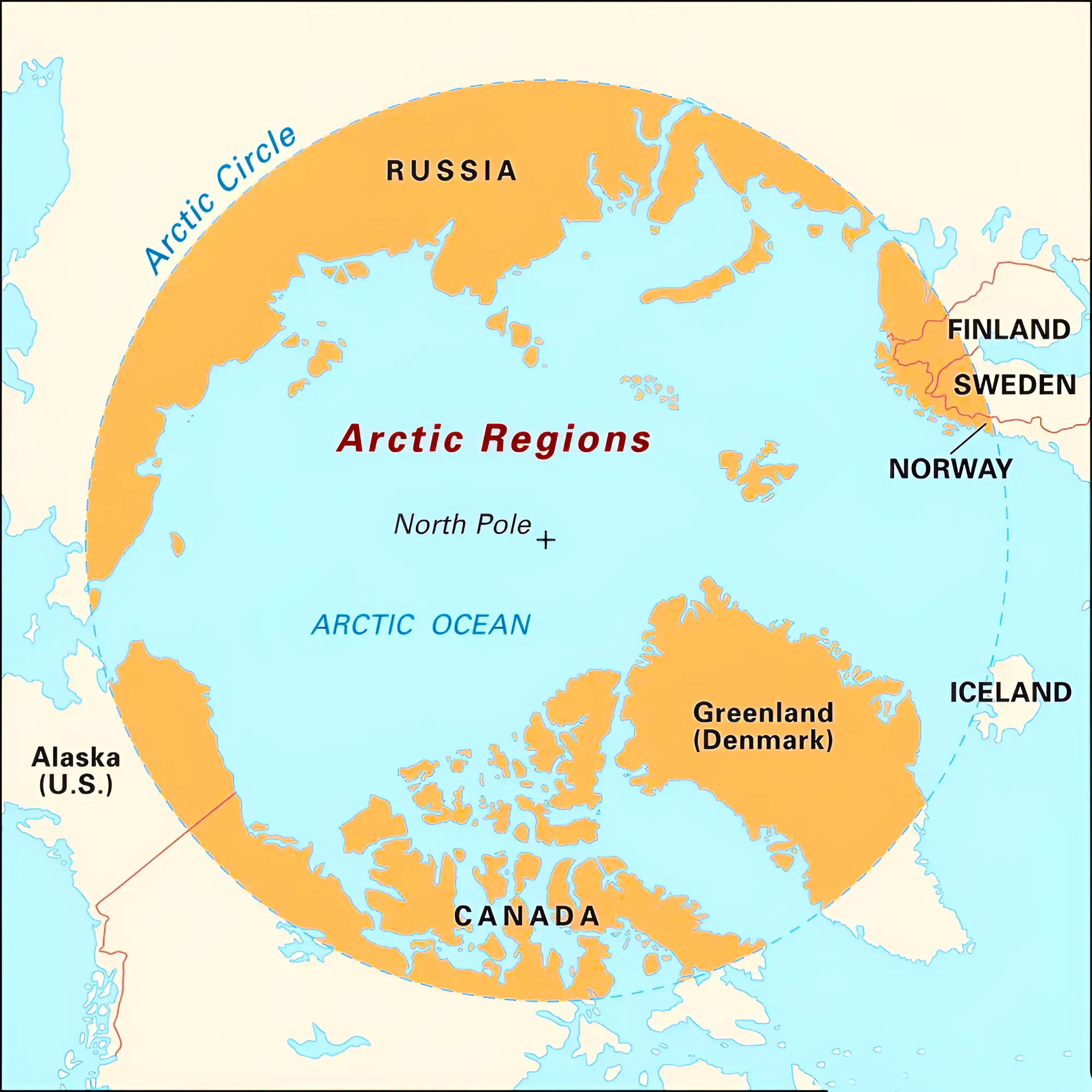Context
Recently, A Report namely, The Arctic’s Plastic Crisis: Toxic Threats to Health, Human Rights, and Indigenous Lands from the Petrochemical Industry was released.
About the Arctic’s Plastic Crisis Report
- Released by: Alaska Community Action on Toxics (ACAT) and the International Pollutants Elimination Network (IPEN) before the commencement of the 4th INC session.
- 4th INC session: The fourth session of the Intergovernmental Negotiating Committee (INC) to develop A legally binding Global Plastic Treaty, including in the marine environment, is scheduled to take place from April 23-29, in Ottawa, Canada.
- INC-4 was preceded by INC-3 (November 2023) in Nairobi, Kenya, INC-2 in Paris, France (May 2023) and INC-1 (November 2022) in Punta del Este, Uruguay.
Enroll now for UPSC Online Course
About Intergovernmental Negotiating Committee (INC)
- The Intergovernmental Negotiating Committee (INC) came into existence in 2022, at the 5th session of the United Nations Environment Assembly (UNEA-5.2).
- Genesis: The resolution (5/14) requested the UN Environment Programme (UNEP) to convene an Intergovernmental Negotiating Committee (INC) to develop “the instrument,” which is to be based on a comprehensive approach that addresses the full life cycle of plastic, including its production, design, and disposal.
|
Key Highlights of the Arctic’s Plastic Crisis Report
- A Hemispheric Sink: The Arctic region is accumulating toxic chemicals & plastics from local as well as global sources posing a grave risk for the 13 million inhabitants of the region coming from 40 ethnic groups.
- Climate-Induced Community Displacement: Rapid warming of the Arctic is forcing indigenous peoples out of their traditional lands and losing access to traditional foods, sacred places, and other cultural practices.
- The Arctic Pollution Problem: The problems of plastic pollution, toxic chemicals, and climate change are interconnected and attributable to fossil fuel production and use
 Global Factors:
Global Factors:
- Global Distillation or the Grasshopper Effect: It is a process whereby the plastics and chemicals produced all over the world gets transported and accumulate in the Arctic on atmospheric and oceanic currents from lower latitudes.
- Climate Change: The Arctic region is warming at a rate nearly four times faster than the rest of the world with devastating consequences particularly felt in the Arctic.
- Local Factors:
- Colonisation: The fossil fuel/petrochemical industry has set up their base to explore the region in search of coal and petroleum.
- Climate warming and melting sea ice in the Arctic is opening new areas for exploration and development, with transportation and petroleum industry being the foremost contenders.
- Exploitation of Local Natural Resources: Air pollution, oil spills and releases of hazardous substances from the operations of oil and gas corporations active in Alaska threaten Arctic People’s existence, yet no damage assessment has been made.
-
Recommendation of the Arctic’s Plastic Crisis Report:
-
- Stop Climate Disastrous Subsidies: To end government subsidies to the fossil fuel and petrochemical and agriculture industries and supporting clean, renewable energy and a toxics-free materials economy.
- Limit Expansion of Polluting Industries: The expansion of the petrochemical industry in the region must be stopped.
- As per projections, oil and gas used for petrochemicals will increase from less than 20 percent today to as much as 50 percent by 2050
- Regenerative Economy: The Report advocates shifting the Arctic and the world from an extractive to a regenerative economy that fosters healthy, equitable communities by establishing a fair Transition framework.
About Arctic Region
- It is the Northernmost Polar region of Earth which is almost entirely covered by ice.
- Consist of: It comprises the northern parts of Canada, the United States, Russia, Finland, Sweden, Norway, Iceland, and Greenland.
- Climatic Conditions: Cold winters and Cool summers with most of its precipitation in the form of snow (Majority of the region gets less than 50 cm rain)
- Flora and fauna: Arctic vegetation includes dwarf shrubs, grasses, herbs, lichens, and mosses growing close to the ground, forming part of the tundra ecosystem.
- In the Arctic, trees cannot grow, but in the warmer regions, shrubs are common and can reach heights of up to 2 meters (6 feet 7 inches).
|
Also Read: Changes In The Arctic Region
![]() 17 Apr 2024
17 Apr 2024
 Global Factors:
Global Factors: